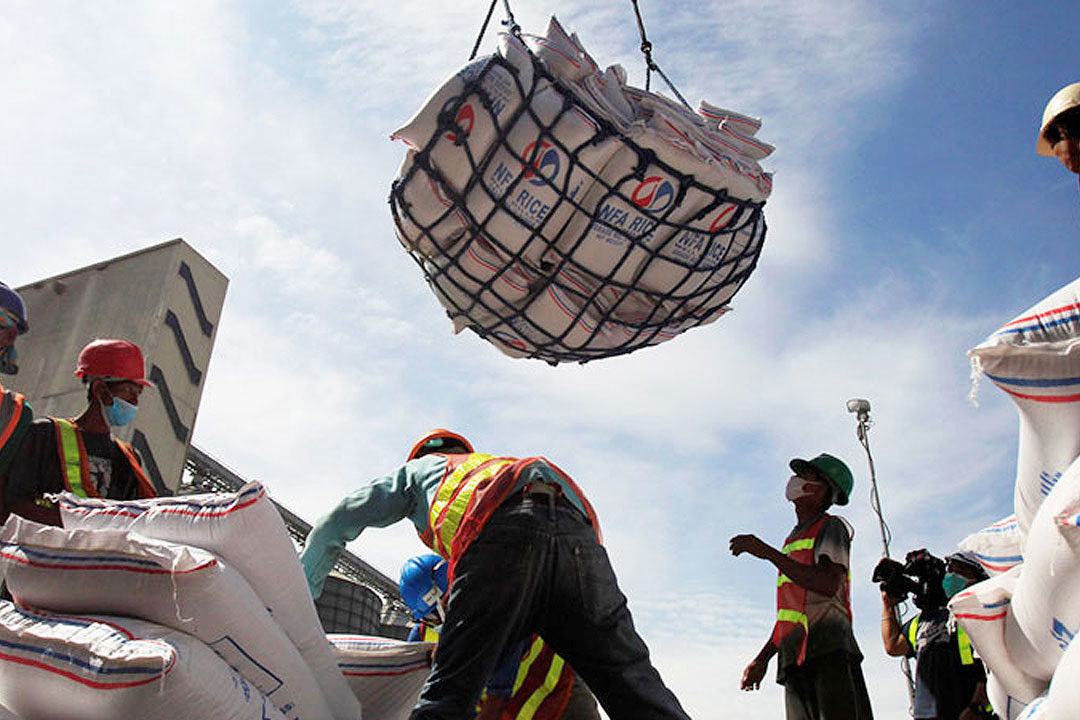Port snags could delay expected fall in rice prices

THE Department of Agriculture (DA) said on Monday that bottlenecks at Philippine ports have been delaying the unloading of rice imports, which are deemed vital in lowering the price of the staple and in turn keeping inflation in check.
“As of today, there’s only about 60,000 (metric tons) that have arrived, and we’re already at mid-September,” Agriculture Secretary Francisco P. Tiu Laurel, Jr. said at a briefing organized by the Makati Business Club.
He said the Philippines lacks specialized port facilities for agricultural goods arriving in the Philippines.
“The idea is to unload immediately when shipments arrive. I think boats now have been waiting for a week or two,” Mr. Laurel said, noting that such delays cost shippers at least $7,000 per day, raising the cost of logistics and the prices that end-users pay.
“If we had the right number of agriports all over the country, the cost of feed, rice, fertilizer, and seed would go down,” he added.
He added that rice imports during the first half have been in volumes that allow the buildup of rice reserves.
“From January to June, almost 400,000 MT (per month on average) has entered… there’s an excess of about 80,000 MT a month for buffer stocking,” Mr. Laurel said.
He added that the logistics snags are likely to delay the expected drop in rice prices.
“I would expect that price should go down by mid-October based on the new shipments that have arrived,” Mr. Laurel said.
In June, President Ferdinand R. Marcos, Jr. signed Executive Order No. 62 which lowered the tariff on imported rice to 15% from 35% until 2028, citing the need to contain rice prices. The order took effect in July.
The DA has said that the lower tariffs on rice would lead to a P5 to P7 per kilogram drop in imported rice prices.
The average price of imported well-milled rice in Metro Manila markets was P51.45 per kilogram, while local well-milled rice was sold at P50.83 per kilo, according to DA price monitor reports for the Sept. 9-14 period. — Adrian H. Halili



